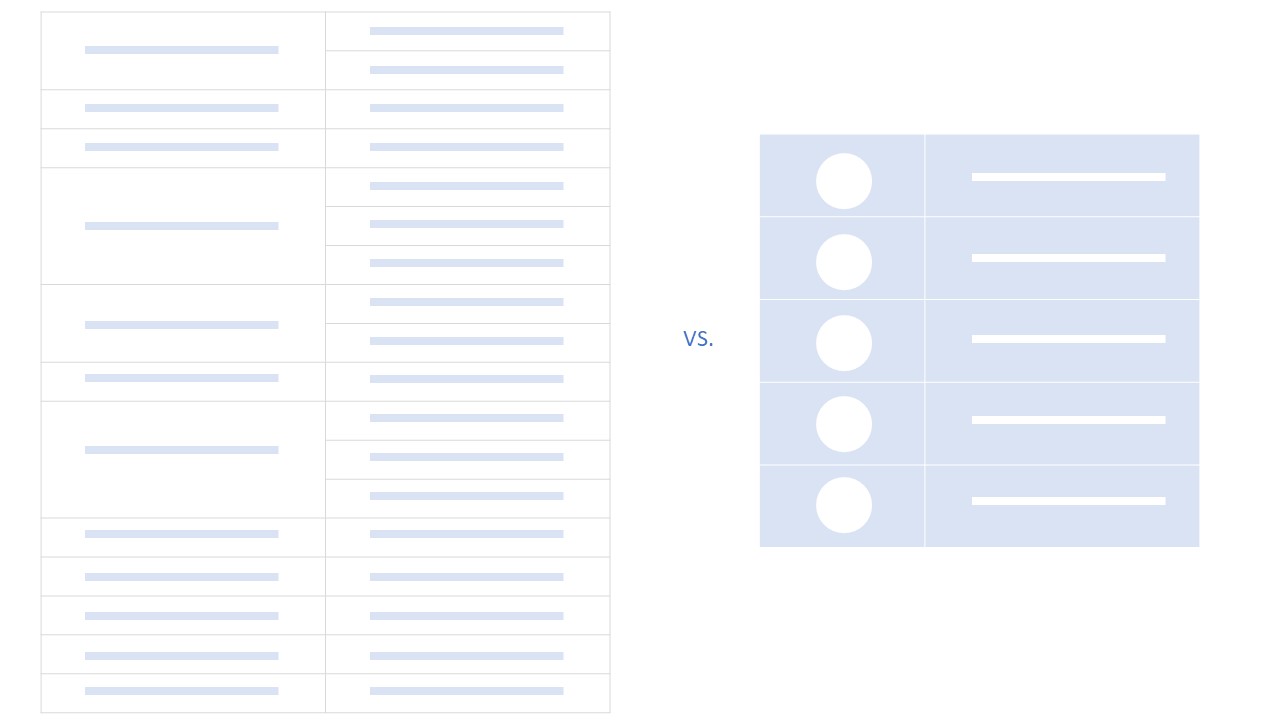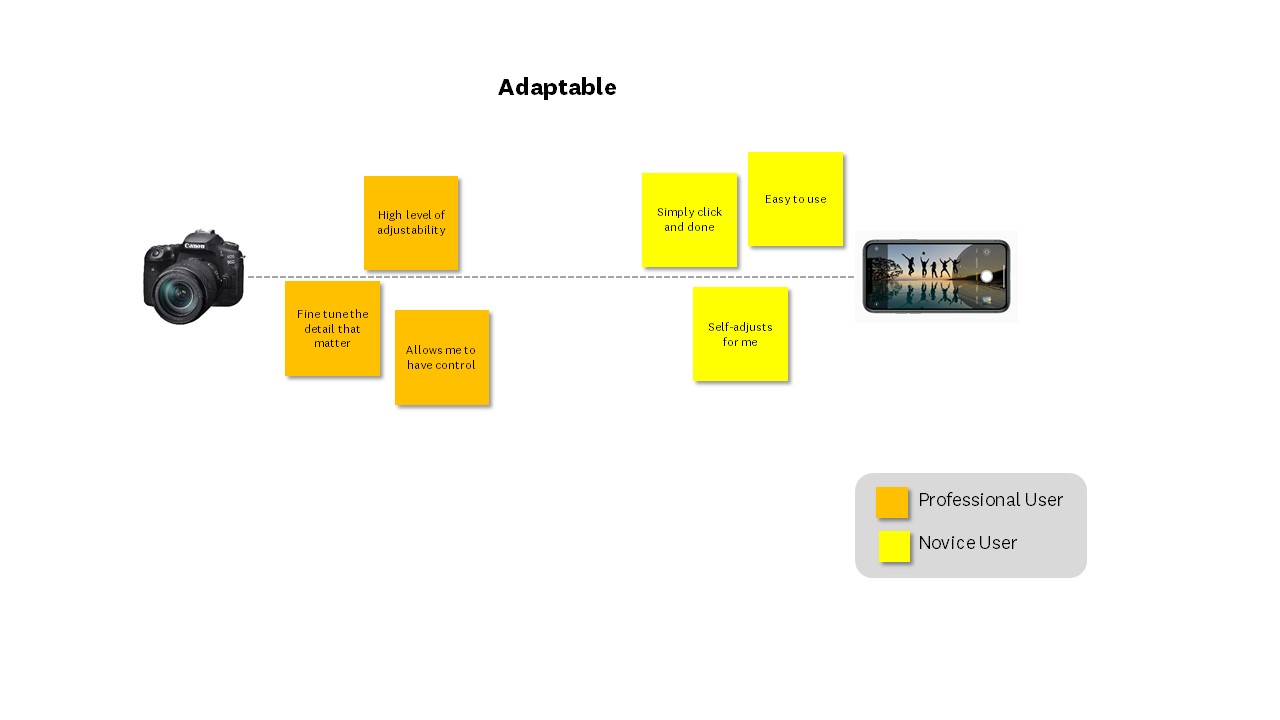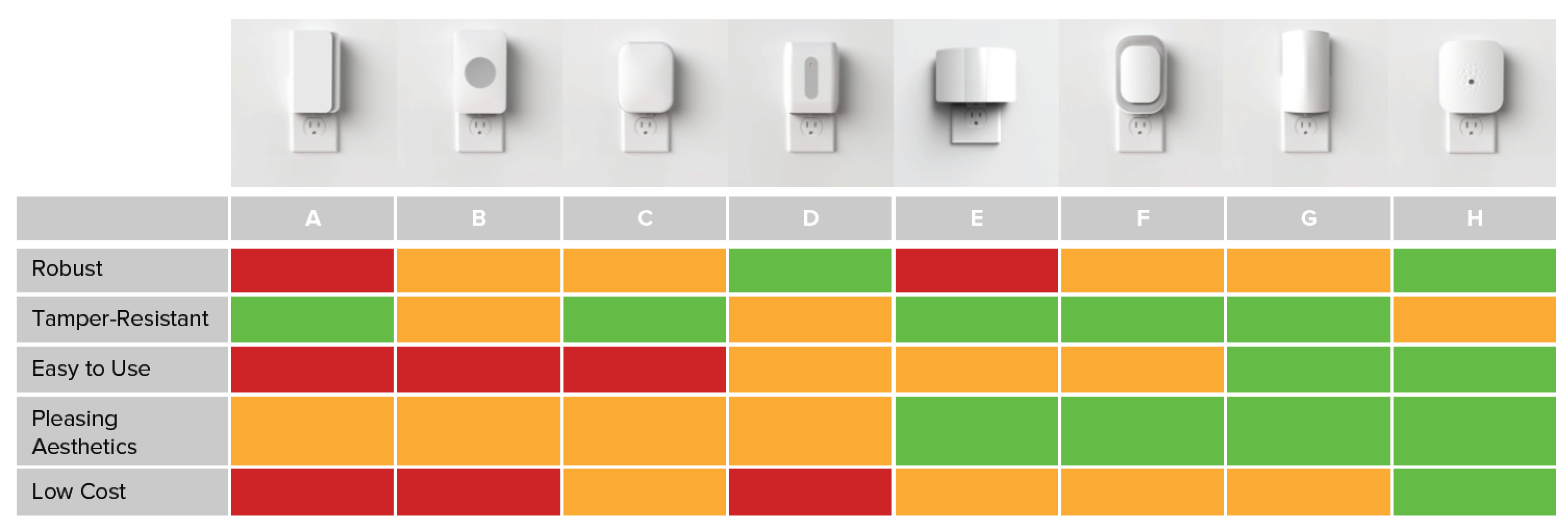
Article
Prioritize Product Requirements with Success Drivers
Design input requirements and PRD's don't ensure market success. Learn how Success Drivers can ensure NPD team alignment and smart decision making
This article has been edited from the original version dated May 2011.
Design requirements are a necessary part of good product design. The design requirements document ensures that your product development team has translated research and strategy inputs into tangible features and goals. So why do many products fail after launch despite going through this process?
It’s because design requirements are simply a list of product ingredients. This document does not inform the team how to combine requirements and make the design decisions that ensure the product meets user, market, and business needs. In fact, if you give 10 companies the same design requirements document and tell them to design it, you will get 10 different solutions.
If you want to create a successful product from the design requirements ingredients you carefully gathered, you must combine them using a great recipe: success drivers
Curious how to get started? Check out the success driver toolkit below.
Success drivers are a framework used to make critical design decisions
Success drivers establish high-level guiding principles for your product. If you have too many success drivers, they cease to be useful for decision making. Too few, and you’re missing something important. Five is about the right number. These core principles must account for the needs of both your internal and external stakeholders, along with technical, regulatory, and other key items. When defined and used correctly, they allow the product development team to prioritize alternative design directions and provide a 10,000 ft. view of your detailed product requirements document.

Defining the right success drivers is the critical first step
The first step is to identify critical items from stakeholder research findings.
Maybe the reason you’re developing a new product is to improve reliability, ease of use, or add customer value. If so, these high-level items should be included in your success drivers. The key is to choose only those items that are critical to product and market success.
Each success driver should be paired with a stakeholder or set of stakeholders to aid in understanding what is important to whom, and how that success driver should be taken into consideration.
The definition of each success driver may also differ between stakeholders. Knowing this allows you to align stakeholder needs to ensure the product delights its intended users.
Let’s take the success driver adaptable as an example. For a stakeholder who is a professional user, adaptable may embody a digital SLR. Professionals know what settings they want and need the ability to adjust them all. When they use the product, it will perform based upon those adjustments. However, for the novice user, adaptable means the product should act more like a phone camera, automatically adjusting itself with minimal user interaction. This user doesn’t want or need fine adjustability and becomes frustrated when messages appear for things they don’t understand or care about. If your goal is to satisfy both user types, then adaptable means it must provide simplicity to the novice and configurability for the professional.

Once you have a preliminary set of success drivers, gather the project team and identify any others. If your list has more than 5 items, group similar items that ladder to a higher theme or make the tough decision to remove some of them.
Prioritize success drivers to make smart project decisions
Now that you have your success drivers identified, its time to prioritize them. The reason you do this is to ensure your team is aligned and can make smart project decisions. If you don’t prioritize your success drivers, project teams are likely to disregard the best concept because they worry too much about the wrong things.
Without success drivers, choosing between concepts will be based on personal bias; we only choose based upon our past experience and knowledge. We might select the concept that is easiest to implement but falls short on innovating in the market. We might pick the low-cost direction, which does not address critical stakeholder needs. Regardless, choosing concepts without a priority matrix from research findings (success drivers) leads to poor decision making.
Establish your success drivers early and agree on their priority. Do this before concepts are generated so the team is laser-focused and informed on what’s most important.
Invariably you’re always going to have to make compromises when designing successful products. The key is always making the right compromise. The beauty of using success drivers when struggling with what to compromise is that they reduce, if not eliminate personal bias in decision making.

Leverage success drivers to create a great product
Utilizing success drivers allows your team to be objective and data-driven when you create, evaluate, and select competing product concepts. They enable you to systematically identify and choose the best product concept based on what’s important to your product stakeholders. Product requirements, while important and necessary, are really no more than a list of features that may or may not be relevant to your users. Just meeting product requirements does not guarantee success.
If you want to create a great product or experience, you need the best ingredients (product requirements) combined using an outstanding recipe (success drivers).





